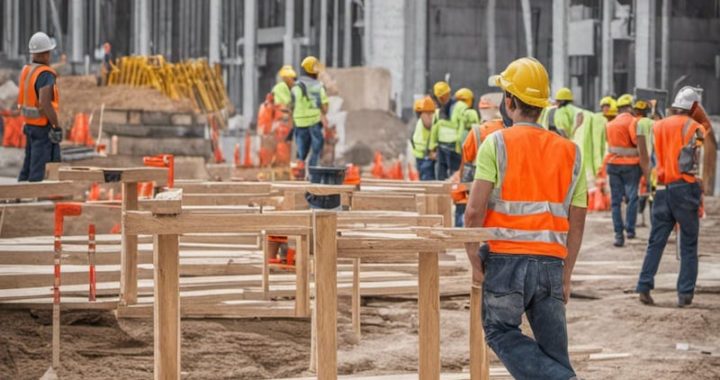Taken from https://web.archive.org/web/20100625083958/http://web.dcp.ufl.edu/hinze/Research-Ideas.htm
Research Topics
Safety Training
Training is perhaps the single most important aspect of a safety program. A training module will be developed that will help to educate the worker on the basics of construction safety. The training module will be in the form of a three-dimensional construction that can be traversed and the training will have the appearance of a video game that will be played in two ways. The first will consist of a project walk-through in which the trainee will see various unsafe conditions and/or violations of the OSHA regulations. The trainee will be drawn to each condition and a “pop-up” message will give information about the fundamentals of safety related to that condition. The second aspect of the training is the evaluation component in which a walk-through is conducted and the trainee is asked to identify the safety violations.
Residential Safety
Safety in the residential sector has generally been lax. A training module will be developed that will help identify those areas on most residential construction projects where most serious injuries are known to occur. Where not obvious, alternative approaches will be presented that will help constructors to install certain components in a safer manner.
Safety and Productivity
It is often alleged that some construction industry professionals sense that safety and productivity are not mutually achievable. When this mindset exists, safety can suffer quickly when production issues arise that might impact project costs. While most safety experts no longer have this view, this view is still known to exist among some practitioners. This study will examine the literature for findings that show that safety and productivity do go hand-in-hand. Data from construction firms will also be sought to examine the historical experiences that firms have had with projects that have had good safety performances and how those projects performed on other measures.
Training
A study will be conducted on the training practices of different construction firms. Differing firms have different approaches to training, but both may still be successful. The research is intended to identify the successful training approaches being implemented by construction firms. Training will include new worker orientation, toolbox meetings, pre-task planning, training on specialized topics, supervisory training, and other novel training approaches that are identified. Subjects to be examined include the use of testing methods to evaluate comprehension, the qualifications of those providing the training, the type of worker participation that is sought as part of the training, etc.
Construction Materials: Safety and Health Implications
A myriad of construction materials go into virtually every constructed facility. In addition to the obvious “bricks and mortar” are the consumables that do not even appear a facility components. These are the additives, adhesives, cleansers, and other chemicals that have become an integral component of the construction process. Many of the chemicals are hazardous to workers. While employers are required to maintain the MSDS files on these products, workers still suffer from harmful exposures. A study will be conducted to determine which materials are involved in most of the harmful exposures to construction workers.
Safety in Small and Medium-Sized Construction Firms
Safety excellence has been exhibited by many large construction firms. These firms see a payback in the investment in safety. Are there also some small or medium-sized firms in which the same is true? This research will conduct a survey of the construction industry with a focus on smaller firms than are traditionally included in safety research. Best safety practices in smaller firms are expected to be somewhat different than in large firms. The objective is to identify those practices of smaller construction firms that favorably impact construction safety.
Impact of Contract Safety Requirements
Part of the contractor’s focus in construction is developed through the construction contract. If that contract mandates that certain safety procedures be implemented, these will probably be put in place. Would these same practices exist without the contract requirements? This study will explore the nature of construction contracts and compare safety provisions with actual field practices. Where contractors go beyond the contract provisions, information will be sought as to the prime movers for that phenomenon.
Safety as Addressed by Public Owners
Little is known about the role that public owners play in construction safety. The safety performances are poorer on public projects, when compared with similar private projects. Is this a reflection of the competitive bid process that is common in the public sector or is it a reduced level of involvement of the public owners in the construction process. One aspect of this research will be to examine construction contract documents of different public agencies (including federal, state, and municipality) to determine the extent to which the contract is a pro-active instrument to encourage contractors to promote project safety.
Jobsite Security
Jobsites can be planned so that the potential for loss due to theft and vandalism can be kept to a minimum. Part of this lies in the actual layout of the jobsite itself. Other practices include a variety of approaches to thwart the efforts of thieves and vandals. Some of the approaches are lighting, security guards, cameras, and a host of other methods. The research will focus on the experiences that contractors have had with theft and vandalism. Conducted through a survey, the research will also determine the methods that contractors have implemented to minimize losses.

